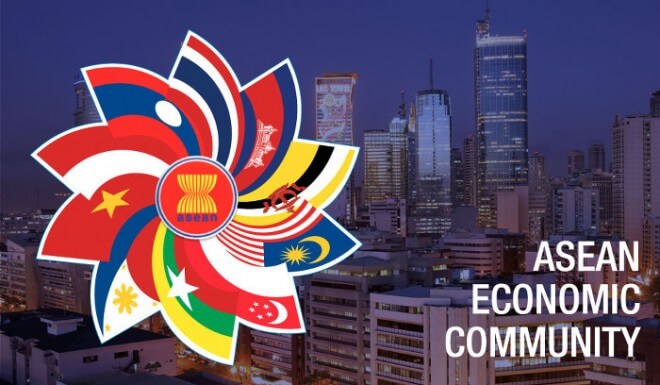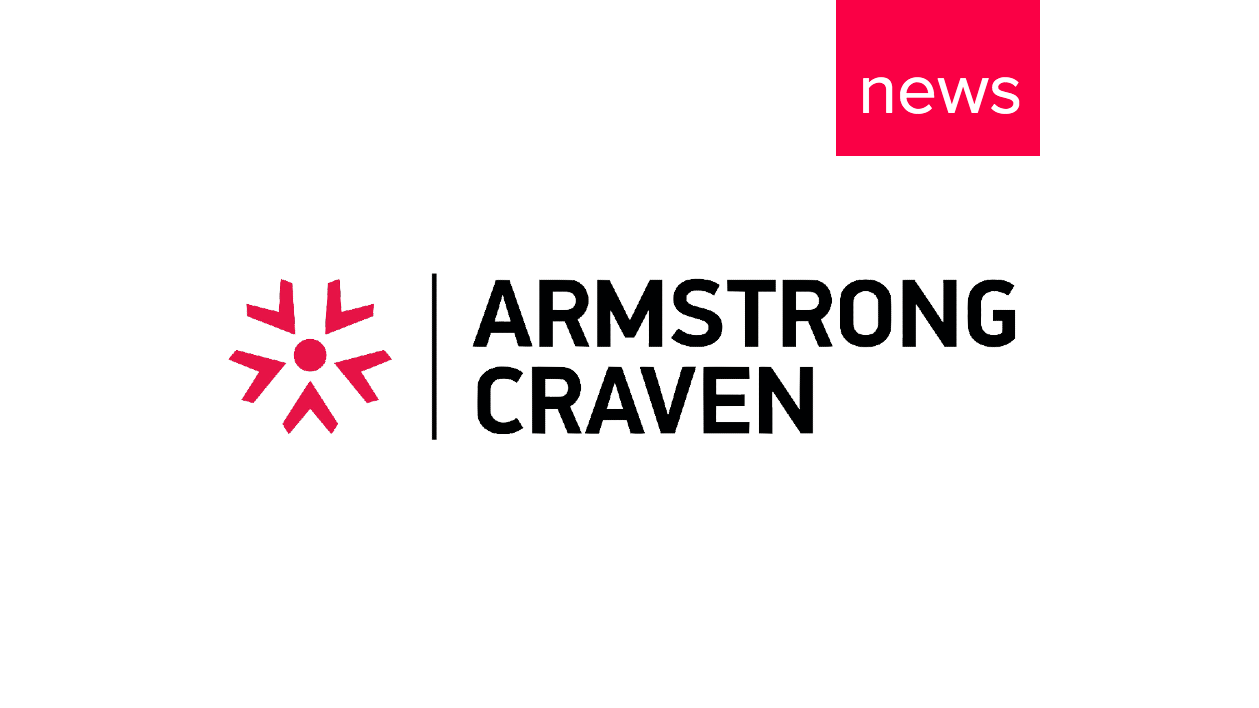The Asean Economic Community – ‘Thinking Globally, Prospering Regionally’
08 Dec, 20153 min
The Asean Economic Community – ‘Thinking Globally, Prospering Regionally’
On the 22nd November, the ten member nations of the Association of Southeast Asian Nations (Asean) officially signed the declaration establishing the Asean Community, which will come into effect on 31 December 2015. One of the three pillars of the Asean Community is the Asean Economic Community or AEC 1, which aims for economic integration between its ten member nations - Brunei Darussalam, Cambodia, Lao PDR, Vietnam, Singapore, Malaysia, Thailand, Myanmar, Indonesia and the Philippines. The combined economies of the Asean nations already constitutes the seventh largest economy in the world, as well as one of the fastest growing, with predictions that its collective GDP will rise from US$2.6 trillion to US$4.7 trillion by 2020, and could become the fourth largest economy in the world as soon as 2030 2.
The hope for the AEC is that the free movement of goods, services and investment and the smoother flow of capital and skilled labour, will create jobs, attract foreign investment, increase cross-border trade and grow wealth in the region, thereby improving the lives of all citizens. According to Guy Harvey-Samuel, Chief Executive of HSBC Singapore, the AEC, if well implemented, could add 9.5% to Singapore’s GDP by 2030 3. Moreover, 54% of American companies already have an Asean strategy in place4 and New Zealand has pledged an investment of NZ$200m (US$ 130m) into Asean over the next three years5.
It is clear that the Asean star is rising.
Central to the AEC is the free flow of skilled and talented professionals. The importance of talented people lies at the core of Armstrong Craven’s philosophy: to unlock real business potential, the answer lies with people. Intelligent people improve performance by creating an intelligent business. Data, forecasts and projections are based on the past, but future business relies on future people.
One of the mechanisms for increasing mobility is through Mutual Recognition Arrangements (MRAs) which map the equivalence of qualifications in the different member states, thereby providing recruiters and hiring managers with peace of mind. MRAs have been completed in eight professions and more are in progress4. This public commitment to the free movement of talented professionals within Asean may change the way Asean professionals think about their careers and thereby increase movement within the region. Clearly this will benefit employers looking to build regional companies.
In many cases, experienced and talented professionals are already relatively free to relocate but predicted Asean growth may make it a more appealing destination to those currently based outside of the region, subject to other concerns such as socio-political stability, good governance, and of course, career development and remuneration. Concerns such as these are largely addressed in the second and third aspects of the Asean Community – the Asean Political-Security Community and Asean Socio-Cultural Community 1.
Consequently, from a recruitment perspective, the formation of the Asean Community will widen the pool of talented professionals in both the shorter and longer term. However, it may also impact upon the definition of ‘talented professionals’. Increased cooperation and integration within Asean will further cement the importance of multilingualism, as will the raised profile of the region which spurs more and more free trade agreements and strategic partnerships. Notably, the Trans-Pacific Partnership (TPP) is a free trade agreement which is currently being negotiated by 12 countries: Australia, Brunei, Canada, Chile, Japan, Malaysia, Mexico, New Zealand, Peru, Singapore, the US and Vietnam. Other countries which have declared an interest are Indonesia, Colombia, Philippines, Thailand, Taiwan and South Korea.
In short, the by-line of the AEC has never been more relevant.
As a region, Asean is thinking globally and, as a consequence, is set to
prosper.
References
- http://www.straitstimes.com/asia/se-asia/asean-set...
- http://www.straitstimes.com/politics/asean-communi...
- http://www.straitstimes.com/business/economy/new-a...
- ‘PowerPoint Key Messaging on AEC 2015’ Available at http://www.asean.org/communities/asean-economic-c...
- http://www.straitstimes.com/asia/se-asia/in-brief-. ..
Speak with an expert
If you want to learn a little more about what we do and how talent research can help you make better-informed business decisions, our team of talent research and consulting specialists are happy to help.






